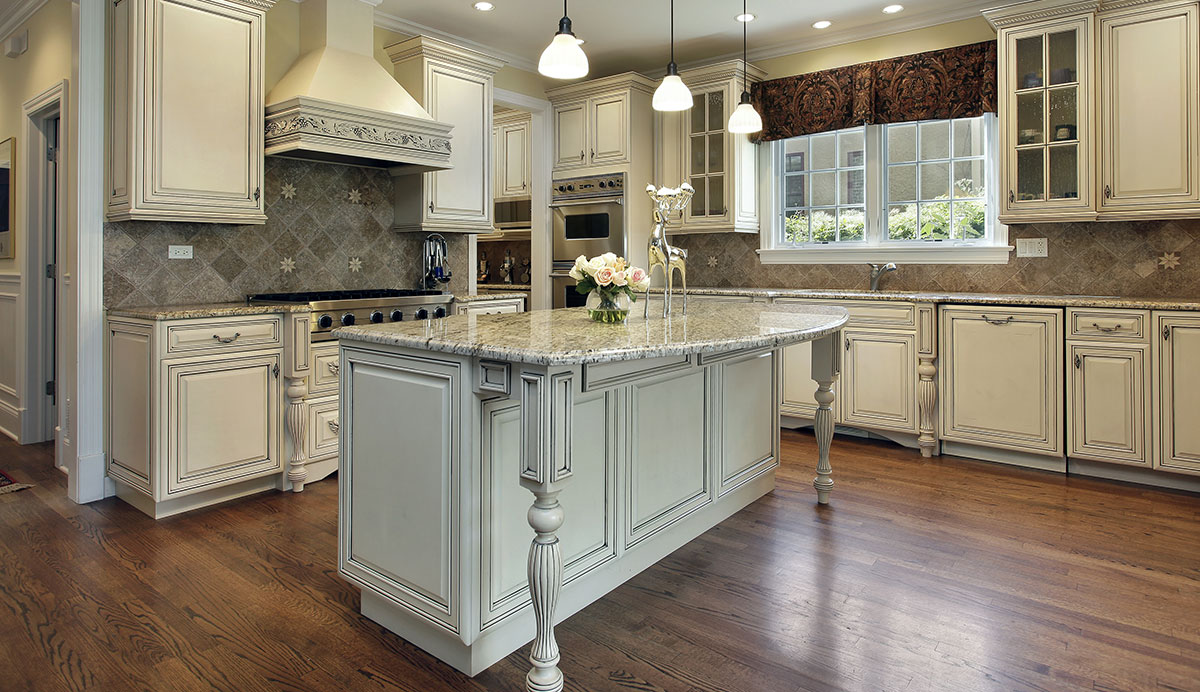Essential Factors to Take Into Consideration When Picking Legs For Kitchen Area Island
Choosing the appropriate legs for a kitchen area island entails a cautious analysis of multiple aspects that can significantly affect both capability and aesthetic charm. As we explore these aspects, it comes to be clear that each decision can have significant effects for the overall kitchen experience.
Product Options
When picking legs for a kitchen island, comprehending the numerous product options is crucial for accomplishing both visual allure and architectural integrity (Legs For Kitchen Island). The option of product dramatically influences not only the toughness of the island yet also its overall style and performance
Steel legs, usually made from stainless steel or functioned iron, add a commercial and contemporary feel while ensuring resilience and stability. These products are immune to use and can support substantial weight, making them perfect for larger islands.
An additional alternative is crafted materials, like MDF or plywood, which can be more cost-effective while still supplying a series of surfaces. They might not offer the same degree of security as solid timber or metal. Legs For Kitchen Island. Lastly, products such as acrylic or glass can produce a contemporary appearance, though they might require added support to ensure stability.
Ultimately, the choice of material for kitchen island legs should straighten with the desired capability and the general theme of the cooking area.
Style and Layout

When thinking about style, the shape and finish of the legs are vital. Conical legs can supply a sense of lightness and beauty, while thicker, much more robust legs can communicate strength and stability. In addition, the coating-- be it repainted, tarnished, or all-natural-- must match the cabinets and countertop materials to develop a unified appearance.
Additionally, the style of the legs can likewise reflect personal preference. Custom-made or ornamental legs, such as those featuring intricate makings or one-of-a-kind geometric forms, can act as prime focus, including personality and character to the kitchen. Inevitably, the appropriate option will not just improve performance but additionally raise the aesthetic allure, making the kitchen area island a standout feature of the home.
Elevation Considerations
Choosing the ideal height for kitchen island legs is critical, as it straight impacts both capability and comfort. The standard elevation for a kitchen island typically varies from 36 to 42 inches, aligning with usual counter top heights. A 36-inch elevation is ideal for cooking and cooking, enabling comfortable use of kitchen area appliances and devices. Conversely, an elevation of 42 inches is frequently favored for islands meant for bar seats, accommodating taller feceses and offering a laid-back eating experience.

It is also important to represent users' elevations and preferences. Customizing the elevation can guarantee a comfortable experience for all member of the family, making the cooking area island a much more functional and delightful space.
Weight Assistance
Guaranteeing ample weight support for cooking area island legs is crucial for both safety and performance. The kitchen island commonly serves several objectives, including food prep work, dining, and extra storage space, requiring a durable support structure. When picking legs, it is essential to take into consideration the overall weight capability called for based on the island's meant usage and the materials that will be positioned on it.
The selection of material for the legs plays a considerable duty in their weight-bearing capabilities. Solid timber, steel, and heavy-duty helpful site composites normally provide exceptional toughness contrasted to lighter materials. In addition, the design of the legs-- whether they are straight, tapered, or have a pedestal kind-- can influence their capacity to distribute weight effectively throughout the framework.
Constantly get in touch with the manufacturer's requirements pertaining to lots restrictions to make certain that the legs can maintain the designated weight without jeopardizing safety. In summary, picking cooking area island legs with appropriate weight support is important for creating a practical and risk-free culinary room.
Installment and Maintenance
Proper installment and upkeep of kitchen area island legs are crucial for ensuring long life and security. To begin, it is essential to adhere to the maker's guidelines throughout installment. This usually includes securing the legs to the space station utilizing appropriate bolts, go to this site guaranteeing that the legs are level and lined up. Utilizing a degree tool can aid stop wobbling and improve the overall visual appeal of the cooking area island.
As soon as installed, routine upkeep is required to maintain the integrity and appearance of the legs - Legs For Kitchen Island. For wood legs, periodic cleaning with a wet cloth and application of appropriate timber polish can avoid dampness damage and preserve their coating. Steel legs may need a mild cleansing solution to eliminate oil and crud, followed by a dry towel to stop rust formation
In addition, evaluate the legs frequently for indications of wear or damages, such as fractures or loosened joints. Tightening up screws or screws as required can likewise lengthen the life-span of the legs. By sticking to these installment and upkeep methods, home owners can make certain that their cooking area island continues to be tough and aesthetically appealing for several years ahead.
Verdict

Aesthetic coherence is critical in choosing the design and layout of legs for a cooking area island, as these elements significantly influence the general atmosphere of the area. Conical legs can give a feeling of agility and elegance, while thicker, more robust legs can convey strength and stability.Choosing the suitable height for kitchen area island legs is important, as it straight affects both performance and comfort. In summary, choosing kitchen area island legs with sufficient weight support is necessary for creating a functional and safe cooking room.
In verdict, choosing legs for a kitchen area island requires cautious consideration of various factors, consisting of product choices, style, height, weight assistance, and setup.
Comments on “Check Out Modern and Standard Designs in Legs For Kitchen Island Tasks”